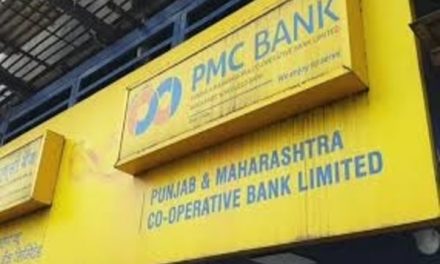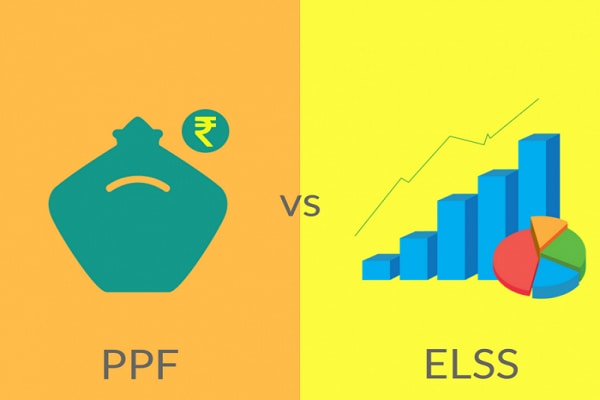Under liquidity adjustment facility (LAF), reverse repo rate (rate at which RBI borrows funds from banks) reduced by 25 basis points (bps) to 3.75%; repo rate — rate at which RBI lends money to banks — unchanged (4.40%) as the decision is taken by the MPC (Monetary Policy Committee).
The central bank today took several steps to improve liquidity for non-banking finance companies as they were finding it hard to raise funds. RBI Governor Shaktikanta Das announced the launch of the second installment of TLTRO — TLTRO 2.0 — for easing credit to NBFCs.
RBI’s Rs 50,000 crore liquidity support: Rs 25,000 crore for NABARD (National Bank for Agriculture and Rural Development); Rs 15,000 crore for Sidbi (Small Industries Development Bank of India); Rs 10,000 crore for NHB (National Housing Bank)
90-day NPA (non-performing asset) norm not to apply on moratorium granted on existing loans by banks
LCR (liquidity coverage ratio) requirement of banks brought down to 80% from 100%; to be restored in phases by April next year
Banks not to make any further dividend payout in view of financial difficulties arising from Covid-19
Covid-19: RBI has been very proactive and monitoring the situation very closely; it will monitor evolving situation continuously and use all its tool to deal with pandemic fallout
On IMF projection: India is expected to post sharp turnaround in 2021-22
IMF projection of 1.9% GDP growth for India is highest in G20
Impact of Covid-19 not captured in IIP (index of industrial production) data for February
Automobile production, sales declined sharply in March; electricity demand has fallen sharply
Contraction in exports in March at 34.6% much more severe than global financial crisis of 2008-09
No downtime of internet or mobile banking during lockdown; banking operations normal,
Surplus liquidity in banking system has increased substantially as result of central bank actions
Frontline workers (doctors/nurses/social) have shown a great work
This is the RBI governor’s second press briefing since the COVID-19 outbreak. In his previous address on March 27, he had announced a rate cut of 75 bps.
The extension of the lockdown till May 3 has triggered fresh demands for a stimulus as companies are finding it difficult to pay salaries and meet other costs because of the loss of a large part of their revenue.
Also read: Common application form for PPF, NSC and other small savings schemes











